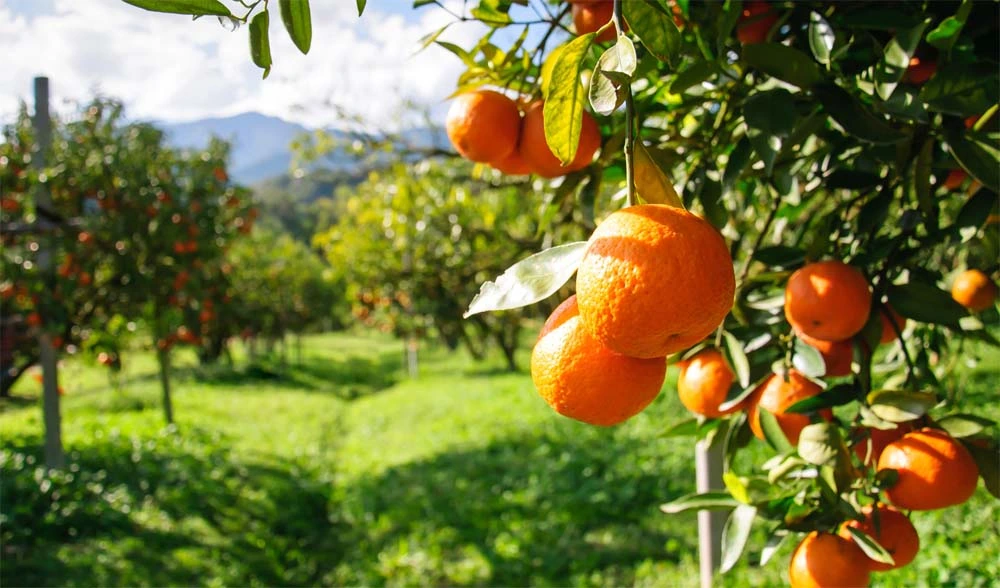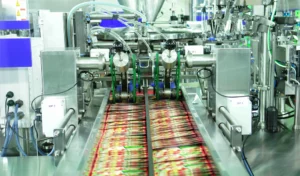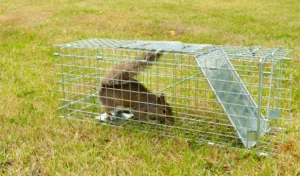Whether it is used for outdoor agricultural pests or indoor sanitary pests, insecticides are the primary means to fight all kinds of pests. When they are used, both the two sides of a coin need to be taken into account. One is to ensure that the effect of insecticides can be maximally released. The other is that the use of the insecticides will pose no negative effects on either the users or the environment. The vast majority of insecticides are toxic to pests and humans. So, we believe that the safe use of insecticides is equally important to their effects. In the use of insecticides, certain measures can be taken to minimize their harm to human beings and non-target organisms.
In the following, we will share with you several precautions that we think quite necessary in the use of insecticides.
1. Preparation Work
Before the use of a certain insecticide, it will be necessary to figure out whether it is designed for indoor or outdoor use first. Insecticides labeled for outdoor use should be strictly prohibited for indoor use. And vice versa.
The common means insecticides affect human and animals will be inhalation, ingestion, skin contact, and eye contact. When preparing an insecticide, the mixing process should be done outdoors or in a well-ventilated area. Proper personal protection measures should be taken to avoid the inhalation or contact with the insecticide. Also, make sure there are no children, pets or non-essential personnel nearby. In terms of the dosage, it is suggested to mix only a reasonable dose intended for current use. Avoid the preparation of extra doses since they will become ineffective over time.
2. Use the Insecticides
When using a certain insecticide, follow the instruction on the label of the product for protection. In addition to the instruction, be sure to wear long-sleeved clothing, preferably work clothes. Also wear non-absorbent gloves, shoes that with all toes protected, hats, goggles and necessary dust or smoke filters.
The user of the insecticide should carefully follow the instructions on the product label. Avoid any spattering, overflowing and leakage when an insecticide is used. Also remember not eat, drink or smoke in the process.
If an insecticide is used outdoors, to avoid the loss of the ingredients, firstly, it should not be used in windy days or with uncertain wind directions. Secondly, high temperature condition can cause the evaporation of the insecticide. So it is recommended not to use any insecticides when the temperature exceeds 90° F.
When an insecticide is used in the mode of spraying, the use of coarse droplet nozzles on the sprayer can reduce its atomization degree. This will to some extent reduce the drifting of insecticide components. The sprayer should be as close to the target crops as possible to improve the effective spraying coverage of the ingredients.

3. Sensitive Locations and Targets
Sensitive Locations
Certain locations will be categorized as sensitive for use of insecticides. These locations include kitchens, water source regions, etc. When an insecticide is used in a kitchen, all the food and tableware in the kitchen need to be emptied temporarily. Insecticides should be avoided being used on any surface that may come into contact with food. In addition, to further prevent insecticide contamination, tableware should be washed before being used for food to avoid any insecticide residues. To prevent insecticides from polluting household water, they should be used away from wells, storm drains, streams, ponds and other water sources.
Non-target Harmless Animals and Plants
Many insecticides are toxic to certain species of pests. However, in practical application, many useful and desirable animals, such as natural enemies of some pests, fish, bees, birds and livestock, may also be negatively affected by the insecticides. Not only animals, crops and some plants may also be affected by the improper use of insecticides. Therefore, when applying an insecticide, measures should be taken to ensure that non-target harmless plants and animals will not be harmed by runoff and residue of insecticide ingredients.
4. What’s after the application?
Disposal of the Packaging and Containers of Insecticides
After applied, empty bags or containers of the insecticides need to be wrapped in plastic bags and thrown into an outdoor trash can. Make sure they are not kept for other uses. Also remember to keep them out of reach of children and pets. They should not be left in areas where they could contaminate any water supplies. It is recommended to consult the local management department to make the disposal more responsive to local laws or regulations.
Put up Warning Signs
A good suggestion is to post warning signs or notices after an insecticide treatment is applied in an area. This will be an easy way to tell people that the area has just been treated with insecticides and when it will be safe to be reoccupied. These simple measures can keep the children and pets out of the area and avoid any potential danger.
5. Cleaning Work after the Treatment
In the application process of insecticides, in order to cope with any potential insecticide leakage situations, certain items should be prepared in advance. They can be garbage bags, paper towels, cat litter, sawdust, etc. In the event of an insecticide leakage, the insecticide should be carefully adsorbed with the above items. All the used items should be carefully put into the trash can or disposed following what is indicated on the label. All the items potentially contaminated with insecticides should be treated as insecticide waste.
After the use of insecticides, hands and any possibly exposed body parts should be washed with water and soap. Any clothing contaminated with insecticide solutions or sprays needs to be washed immediately. They should be washed separately. Heavily contaminated clothing should not be tried to be washed any more. They should be packed into garbage bags and thrown into an outdoor trash can.
6. Storage and Transport
Not just for the use alone, the storage and transport of insecticides is also a process full of risks. All insecticides need to be stored in a locked place which is out of reach of children, unauthorized persons, pets and livestock. They should not be put near food, feed, fertilizer and other easily contaminated items. For insecticides that has been partially used, they should be kept in their original packaging or container until they are used up. Empty drink or milk bottles are better not to be used for storing insecticides since there might be dangers for children.
The requirements for transportation of insecticides are quite similar to those for their storage. They should be avoided in the transportation with food or feed in case of contamination. During the transportation process, there should a good air ventilation condition. Enclosed cars and truck cabs are not the right choice for insecticide transportation.

7. Other Notifications
In addition to the above points, some other notifications in the use of insecticides are here in the following:
Potential Impact on Crops
Insecticides were invented to protect crops from various pests. But it is difficult to guarantee that the chemical ingredients contained in the insecticides will not affect the crops themselves. Therefore, the current crop situation, soil conditions, local temperature, humidity, wind and other climatic factors should also be taken into consideration in the choosing and application of insecticides.
When to Use Insecticides
When applying an insecticide to certain crops, it is also important to consider the current growing situation and the time length before the harvest. This is especially important for field crops, vegetables, and fruit in orchards. Some insecticides do state on their label that they are not allowed to be used within a certain period of time before the harvest. Therefore, for these insecticides, there should be sufficient time left between the time when the insecticide is used and the harvest time.
Crops Treated with Insecticides
The use of insecticides is definitely necessary for the growth of field crops, vegetables, fruits, etc. But what should also be known is that some processing enterprises and importers have strict regulations for the use of certain types of insecticides. Agricultural products that have been treated with certain insecticide ingredients may not be accepted. Therefore, to ensure that the use of certain insecticide will not affect the processing and export, the authorities related should be consulted before the application.

Residue Levels of the Insecticides
If the agricultural products planted will be exported in the future, besides the types of the insecticides, the maximum residue levels (MRL) of the insecticides should also be noted when selecting insecticide products. It refers to the highest residue level of insecticides allowed in food or feed according to the law in a destination country. The MRL for different crops varies from country to country and region to region. To ensure a smooth export process, producers exporting their crops, vegetables and fruits to other countries must meet the MRL requirements of the destination countries.
Our Products
Whether for outdoor insecticide products or safe indoor insecticides, Safe-killer has continuously been optimizing their product formula with low toxicity and highly efficient active ingredients such as pyrethroids, imidacloprid, indoxacarb, etc. Our products have an efficient and safe killing effect against a series of agricultural pests and common household pests such as mosquitoes, ants, cockroaches, bed bugs, fleas, etc.



